The TSC winchester is a real nice safe for the $$ .:thumbsup:I've been real happy with mine
Winchester Gun Safes - AR15.COM
Wrooster
The TSC winchester is a real nice safe for the $$ .:thumbsup:I've been real happy with mine





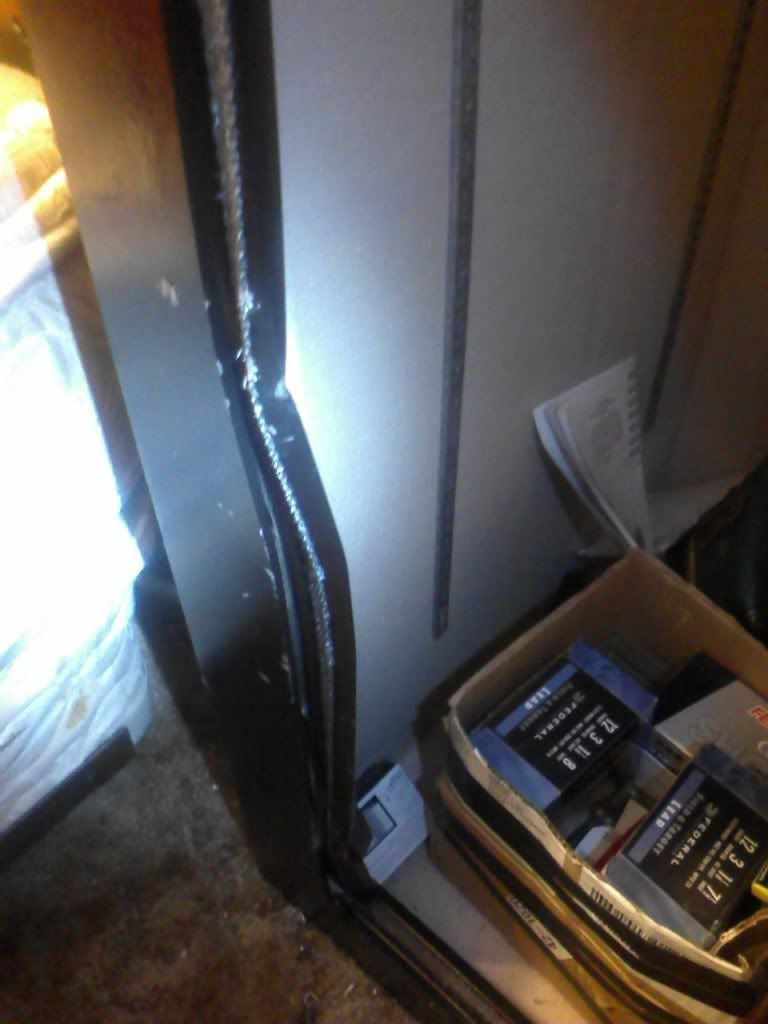
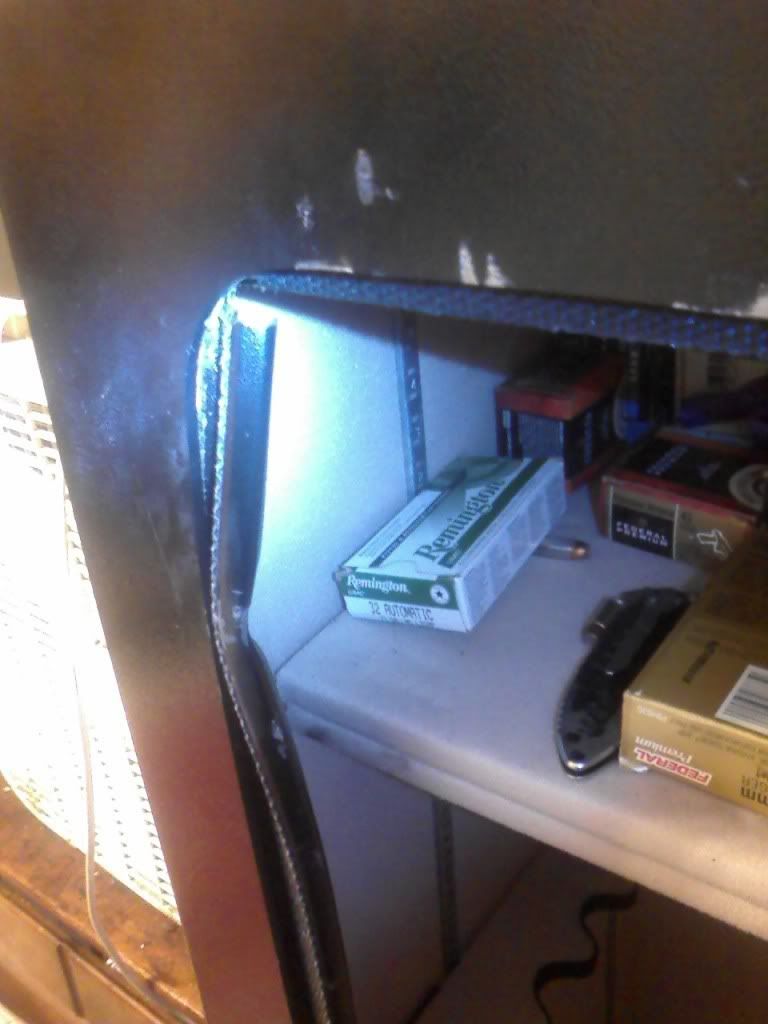

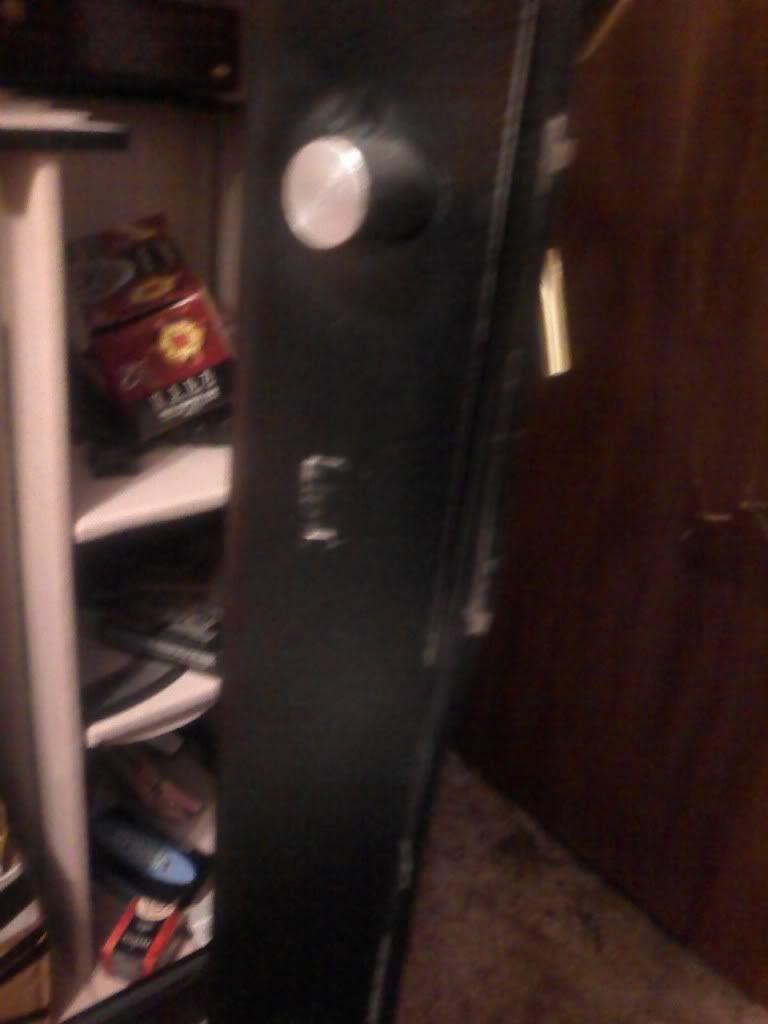
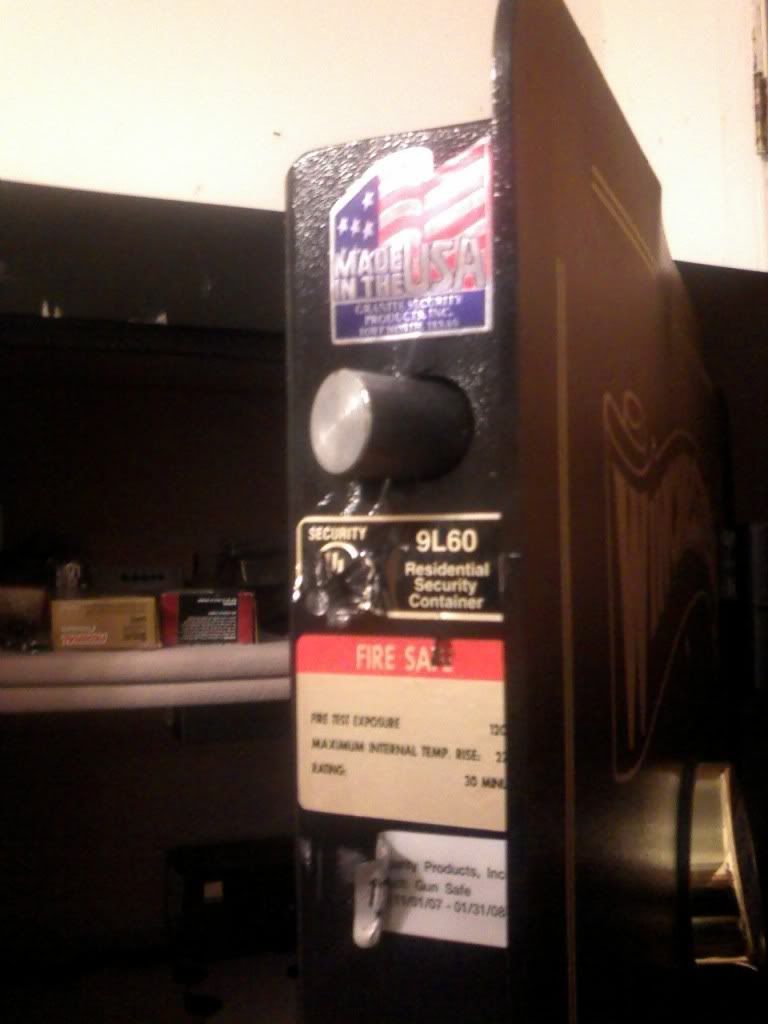
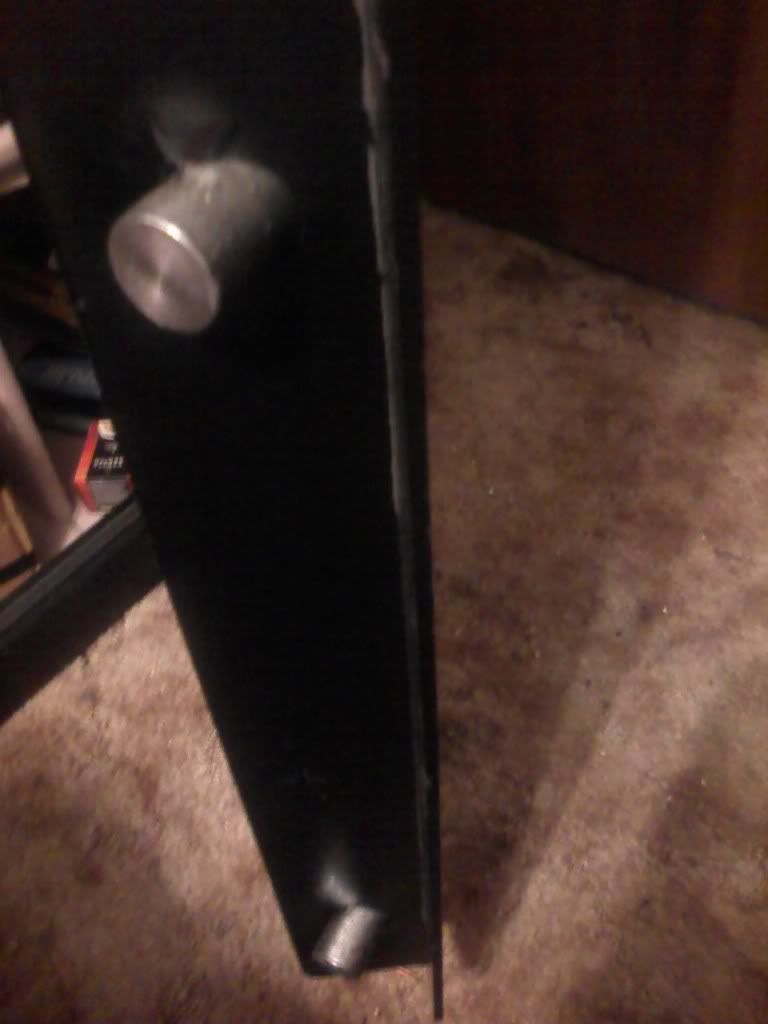
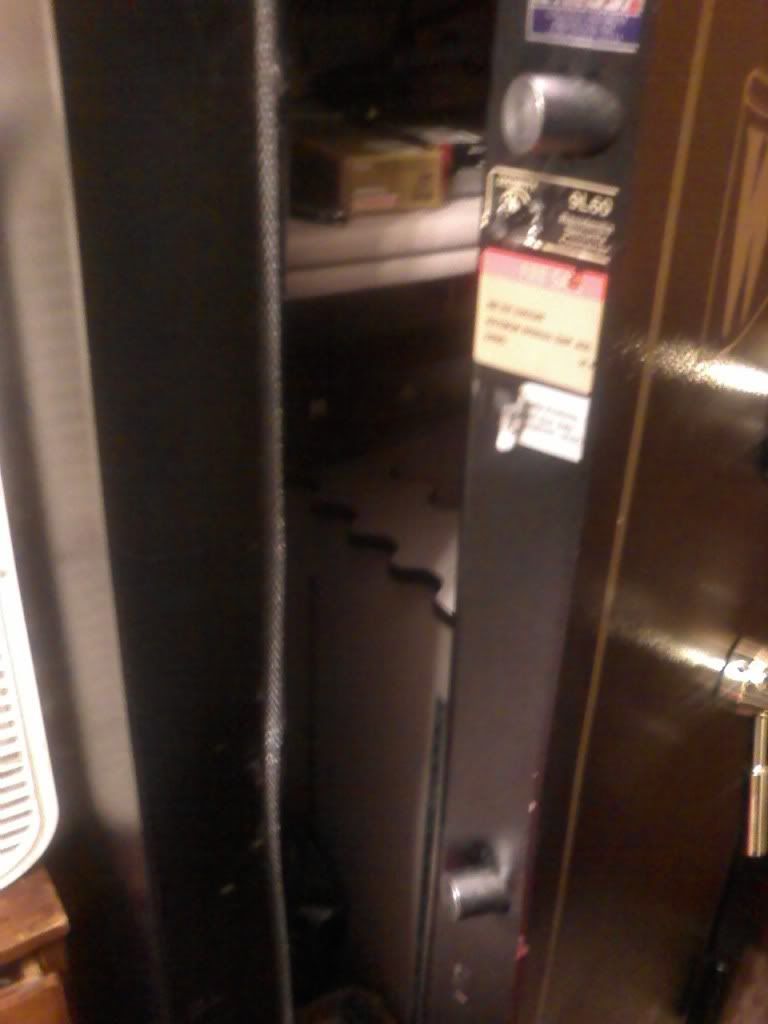
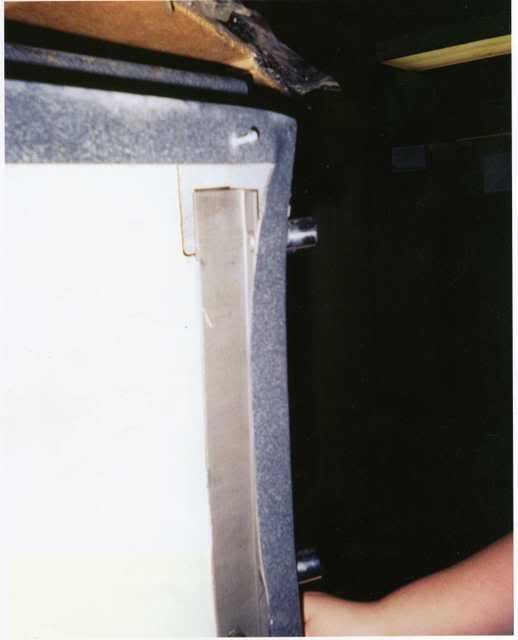
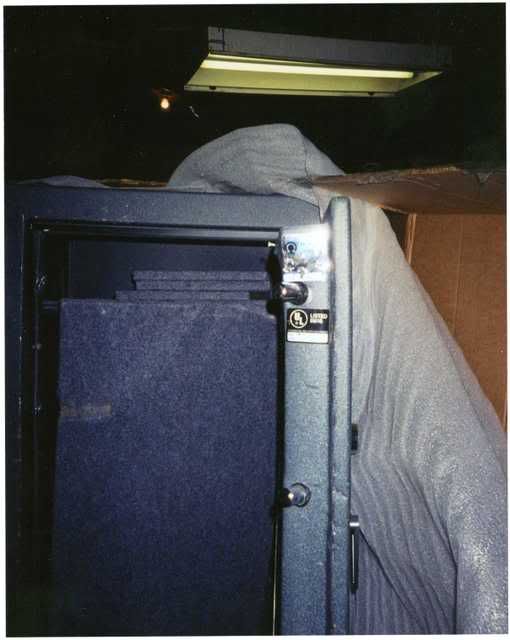
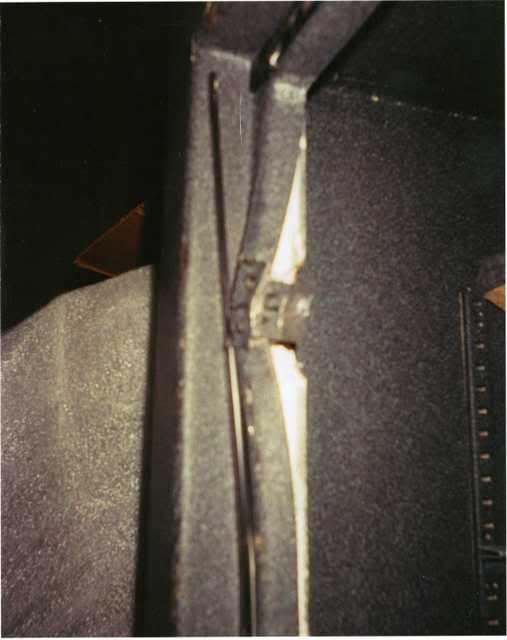
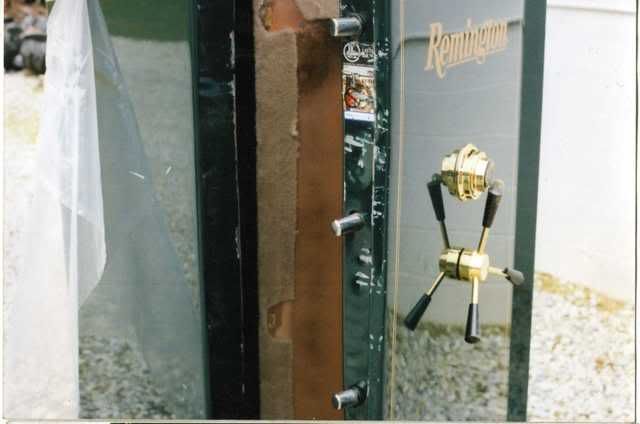
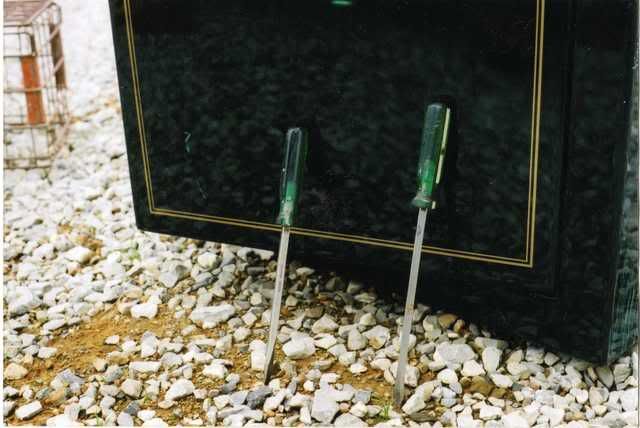








1) Besides the bank drop box shown cut apart above, everything else discussed/pictured in this thread so far is not a "safe" -- they are termed by UL as "RSC's" -- residential security containers.Safes are UL rated as to how long it would take a professional locksmith to get into it.
The best safecrackers in the business never steal a penny. They work for UL.
UL has been testing and certifying safes for more than 80 years. The first safe tested for burglary resistance was in 1923 and the first bank vault in 1925.
Chisels, wenches, screwdrivers, power saws, cutting torches, crowbars, abrasive cutting wheels, jackhammers, even specified amounts of nitroglycerin are just a few of the "tools" UL technicians use during a safe attack. The idea is to test safes to worst-case scenarios. They use tools that could be found at any construction site or hardware store. They also analyze blueprints as if the burglar might have blueprints of the design and attack its weakest points to evaluate the safe for certification.
UL's safe attack tests are conducted by a two-person crew. The object is to create an opening large enough to withdraw "valuables" (anywhere from 2- to 6-square-inches on a safe and up to 96-square-inches on a vault), activate the locking mechanism so the door opens or to cut as many bolts from the door as necessary to pry it open before the time specified in the rating requirement expires.
Safes are rated for their resistance to attack against specific tools for a set period of time. There are a dozen different ratings, everything from ATM machines, to gun safes to bank vaults. For example, a safe that bears a Class TRTL-15x6 rating, which might be found in a jewelry store, should resist a hand tool and torch attack for a minimum of 15 minutes. A TRTL-30x6-rated safe, which would protect important documents or store money, should withstand an attack for 30 minutes. The ultimate safe rating a TXTL60 should withstand an hour's worth of attack that includes the use of 8 ounces of nitroglycerin.
The point of the pictures is that most all "low end" RSC's can be opened with a prybar. One key element to preventing this approach includes securely fastening the RSC such that it can't be pushed over onto it's side or back. Prying an upright safe is more difficult. Furthermore, most RSC's lack adequate bolt support -- the result of which is that if the thief can get enough leverage on a long enough pry bar, the bolt mounting(s) will yield and the door will open. The bolts held but their mounts did not. Improperly supported bolts are useless, no matter how many bolts there are. Finally, it is very important that the door frame be able to withstand spreading, and sufficient thickness steel with proper bends can prevent this approach. For this reason a shorter safe is generally more resistant against a spreading/prying attack.Next we'll be seeing pics of a small air compressor and plasma cutter next to a 'compromised' safe.
